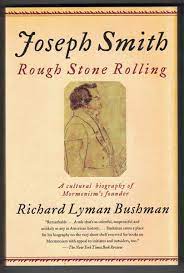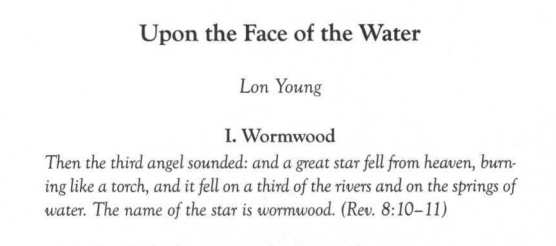In the introduction to his epic short story, “A River Runs Through It,” Norman Maclean wrote that his primary aim was to let his “children know what kind of people their parents are or think they are or hope they are.” This sentiment captured my initial purpose in crafting this essay. Dealing chiefly with my evolving spiritual life, it is the story of a youth whose extended family took religion seriously, even seriously enough to live peaceably with its great diversity of belief; it is the tale of a free spirit butting heads with a tightly disciplined institution; and it is the record of a family spiritual legacy, one noticeably different in beliefs and loyalties than the typical Latter-day Saint has come to know and cherish through his or her heritage.









